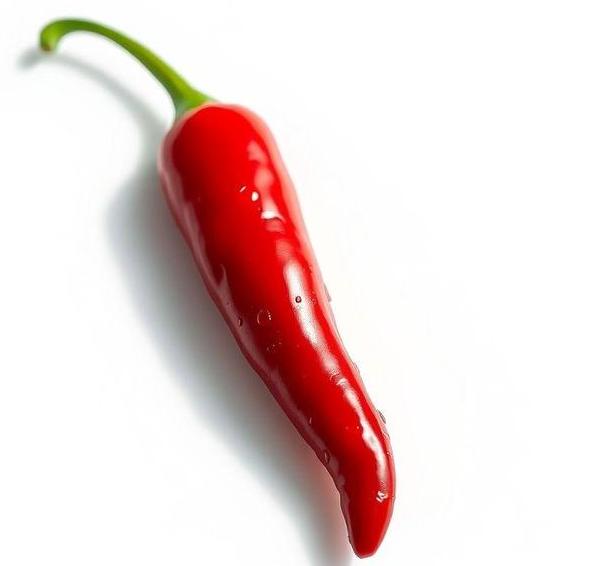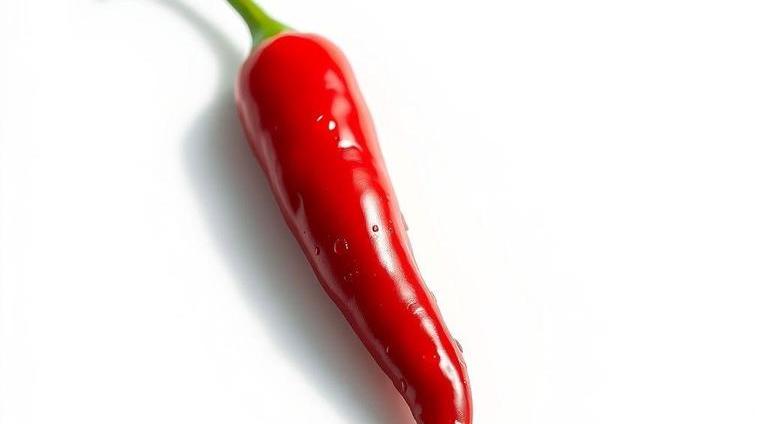Chili is one of those comforting, hearty meals that people can’t help but love. Whether it’s a rich beef chili, a spicy vegetarian version, or a meatless bean chili, there’s something about it that feels like a warm hug in a bowl. But what happens when you have leftovers? Chili, like many cooked foods, doesn’t last forever. So, if you’ve found yourself staring down a bowl of leftover chili sitting in the fridge, wondering whether it’s still safe to eat, you’re not alone. The good news is that chili has a pretty long shelf life, but like all foods, it does eventually go bad. In this post, we’ll dive deep into how long chili lasts, how to properly store it, and how to tell when it’s time to toss it.
Can Chili Go Bad?
Yes, chili can absolutely go bad! As much as we love it, chili is made with a variety of ingredients-ground meats, beans, tomatoes, onions, and spices-all of which have different spoilage rates. Chili is a perishable food, so just like any other cooked dish, it needs to be handled and stored properly to prevent bacteria growth and spoilage.
Shelf Life For Chili

When it comes to shelf life, several factors determine how long your chili will remain safe to eat:
- In the Refrigerator: Chili can last 3 to 4 days when stored in an airtight container. This time frame is pretty standard for most cooked foods. After this period, the risk of bacterial growth increases, and while it might not be unsafe immediately after 4 days, it becomes more likely to spoil.
- In the Freezer: If you freeze your chili, it will last a lot longer-4 to 6 months. Freezing chili is an excellent way to extend its shelf life. Once frozen, it maintains its quality for quite some time, but it’s still best to eat it within a few months for the best flavor and texture.
- Room Temperature: If chili has been sitting out at room temperature for more than 2 hours, it’s best to toss it. This is because bacteria, including the dangerous Salmonella and E. coli, multiply rapidly in the “danger zone” of 40°F to 140°F.
Remember, these times are guidelines for safe consumption, but they don’t always account for how chili was cooked or how it was handled afterward. So, when in doubt, trust your senses and give it a close inspection.
Common Signs Of Spoilage
It’s not always obvious when chili goes bad, but there are a few common signs you can watch out for:
-
Unpleasant Smell
- One of the easiest ways to tell if your chili has spoiled is by giving it a good sniff. If it smells sour, rancid, or off in any way, it’s a strong indicator that it has gone bad. Spoiled chili can develop an unpleasant odor due to bacterial growth, especially if it’s been sitting too long in the fridge.
-
Change In Color
- Chili that’s past its prime may also show signs of color change. For example, the red or brown color of the meat or beans may start to dull or even turn grayish. While this isn’t always a surefire sign of spoilage, it’s often an indication that the chili is beginning to deteriorate.
-
Mold Growth
- If you spot any mold on the surface of your chili, it’s time to throw it out. Mold appears as fuzzy patches that could be white, green, or even blue. Mold is a sign that spoilage bacteria have begun to thrive.
-
Off Taste
- If you taste your chili and it has an off or sour flavor, it’s no longer good. This could indicate that harmful bacteria have started to break down the food, making it unsafe to eat.
-
Texture Changes
- Sometimes, the texture of chili can change when it goes bad. It may become slimy, watery, or overly thick. If the consistency seems abnormal, it might be a sign that bacteria have made their way into your food.
How To Store Chili?

Storing chili correctly is key to extending its shelf life and preventing it from spoiling prematurely. Here are the best practices for storing your chili:
- Cool It First: Before storing leftover chili, allow it to cool down to room temperature (but no longer than 2 hours!). If you put hot chili directly into the fridge or freezer, it can raise the temperature inside your appliance, creating the perfect breeding ground for bacteria.
- Use Airtight Containers: Store your chili in an airtight container to prevent moisture loss and contamination from other foods. It’s best to use plastic or glass containers with tight-fitting lids to keep everything sealed.
- Avoid Storing Large Quantities in One Container: If you have a lot of leftover chili, it might be tempting to store it all in one big container, but this can be problematic. It’s better to store chili in smaller portions. That way, you only need to take out what you’re going to eat, preventing repeated exposure to air each time you open the container.
- Label and Date: Especially if you’re freezing chili, be sure to label the container with the date it was made or frozen. This will help you keep track of how long it’s been in storage. This way, you’ll know exactly when it’s time to use it up before it starts to lose quality.
- Store in the Freezer for Long-Term Storage: If you want to keep your chili for a longer period, the freezer is your best bet. Just make sure the chili is in a freezer-safe container or bag. For best results, use a vacuum sealer to get all the air out of the bag before freezing. You can also store chili in freezer-safe glass containers or plastic freezer bags, but make sure to leave a bit of room for expansion.
Expert Tips
- Freeze Chili in Portions: When freezing chili, portion it out into individual servings or meal-sized amounts. This makes it easier to thaw just the right amount for future meals, and it helps preserve the chili’s texture and flavor.
- Reheat Properly: When reheating chili, always ensure that it reaches a temperature of at least 165°F (74°C) to kill any bacteria that might have developed during storage. You can reheat chili on the stove or in the microwave, but it’s important to stir it occasionally for even heating.
- Avoid Repeated Reheating: Each time chili is reheated, it goes through temperature fluctuations that can encourage bacterial growth. Only reheat the portion you intend to eat, and avoid putting it back into the fridge after reheating.
- Use Ice Cubes for Smaller Portions: If you want to keep a small portion of chili handy, freeze it in an ice cube tray. Once frozen, pop the cubes into a freezer bag. This way, you can defrost just a small amount whenever you’re craving chili, and it’s perfect for soups or adding a little spice to other meals.
- Use It Up Fast: The best way to ensure chili stays fresh is to eat it up within a few days. If you have extra and aren’t sure you’ll finish it, freezing it is the way to go.
FAQs
Can Chili Go Bad If Left Out At Room Temperature?
Yes, chili can go bad if left out at room temperature for more than 2 hours. Bacteria thrive in temperatures between 40°F and 140°F, so it’s important to refrigerate chili within that time frame to prevent foodborne illness.
How Long Can Chili Be Stored In The Fridge Before It Goes Bad?
Chili can be stored in the refrigerator for up to 3-4 days. Be sure to store it in an airtight container to prevent contamination and preserve its freshness.
How Do I Know If Chili Has Gone Bad?
Signs that chili has gone bad include an off or sour smell, mold growth, a change in color, and a slimy texture. If the chili shows any of these signs, it should be discarded.
Can Chili Go Bad In The Freezer?
Chili can be safely stored in the freezer for 4-6 months. However, the texture and flavor may degrade over time, so it’s best to consume it within that period for optimal taste.
Does Chili Go Bad Faster With Meat In It?
Yes, chili that contains meat tends to go bad faster than vegetarian chili because meat is more perishable. It should be consumed within 3-4 days if stored in the fridge and within 4-6 months if frozen.
Can Reheating Chili Make It Go Bad?
Reheating chili doesn’t necessarily make it go bad, but it’s important to properly store leftovers and reheat them to a safe temperature of 165°F. If chili has been reheated multiple times, its quality and safety may decrease.
Can You Eat Chili That’s Been Frozen For A Year?
While chili that’s been frozen for a year may still be safe to eat, its quality, flavor, and texture will likely have deteriorated. It’s best to consume frozen chili within 4-6 months for the best taste.
Can Chili Go Bad If Stored In A Can?
Unopened cans of chili can last for years if stored properly in a cool, dry place. However, once opened, the chili should be consumed within 3-4 days, even if stored in the fridge.
Is It Safe To Eat Chili Past Its Expiration Date?
Chili in a can that has passed its expiration date may still be safe to eat, but it’s important to check for any signs of damage, such as bulging, rust, or leakage, which indicate that the can may be compromised.
Can Chili Last Longer If It’s Stored In Glass Containers?
Glass containers do not necessarily extend the shelf life of chili, but they can help maintain its freshness by preventing exposure to air and contaminants. It’s still important to follow recommended storage times for the refrigerator or freezer.